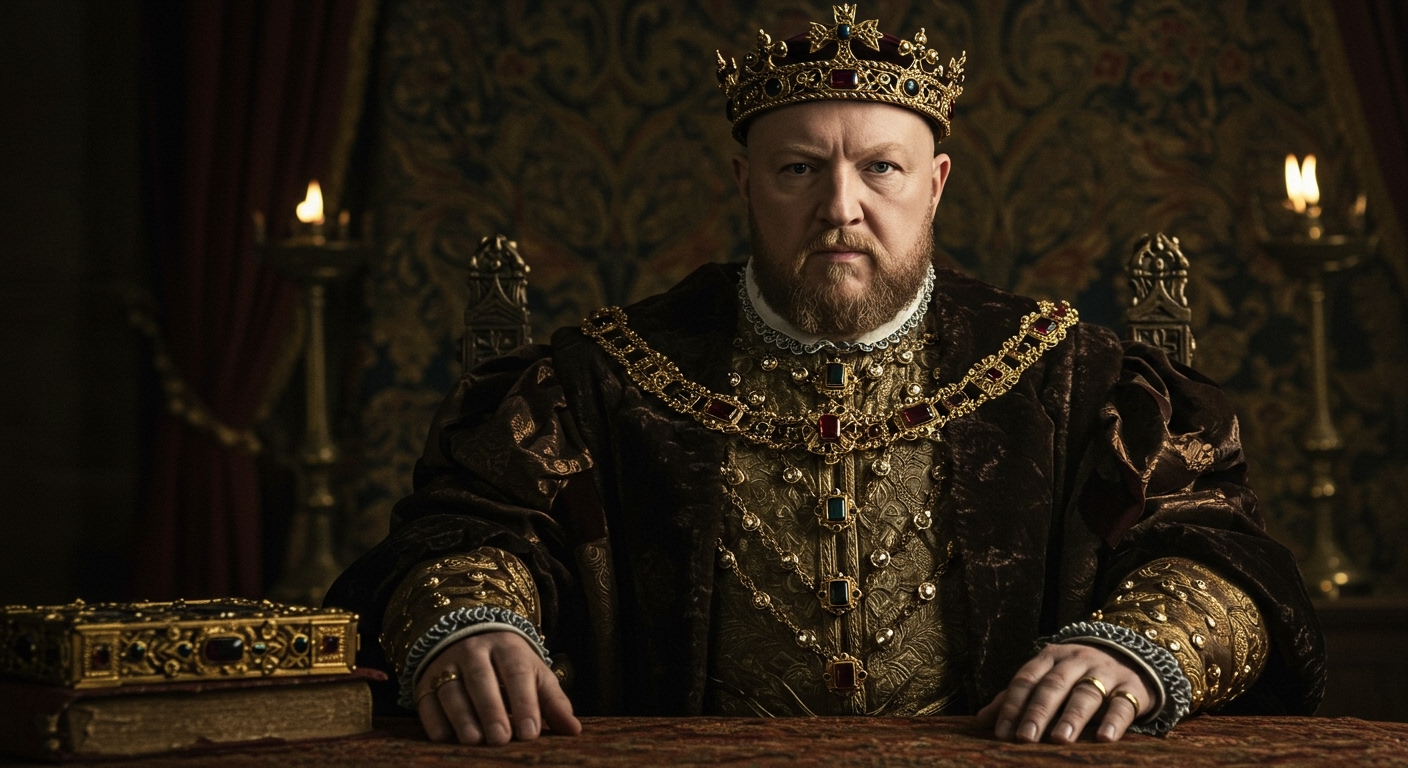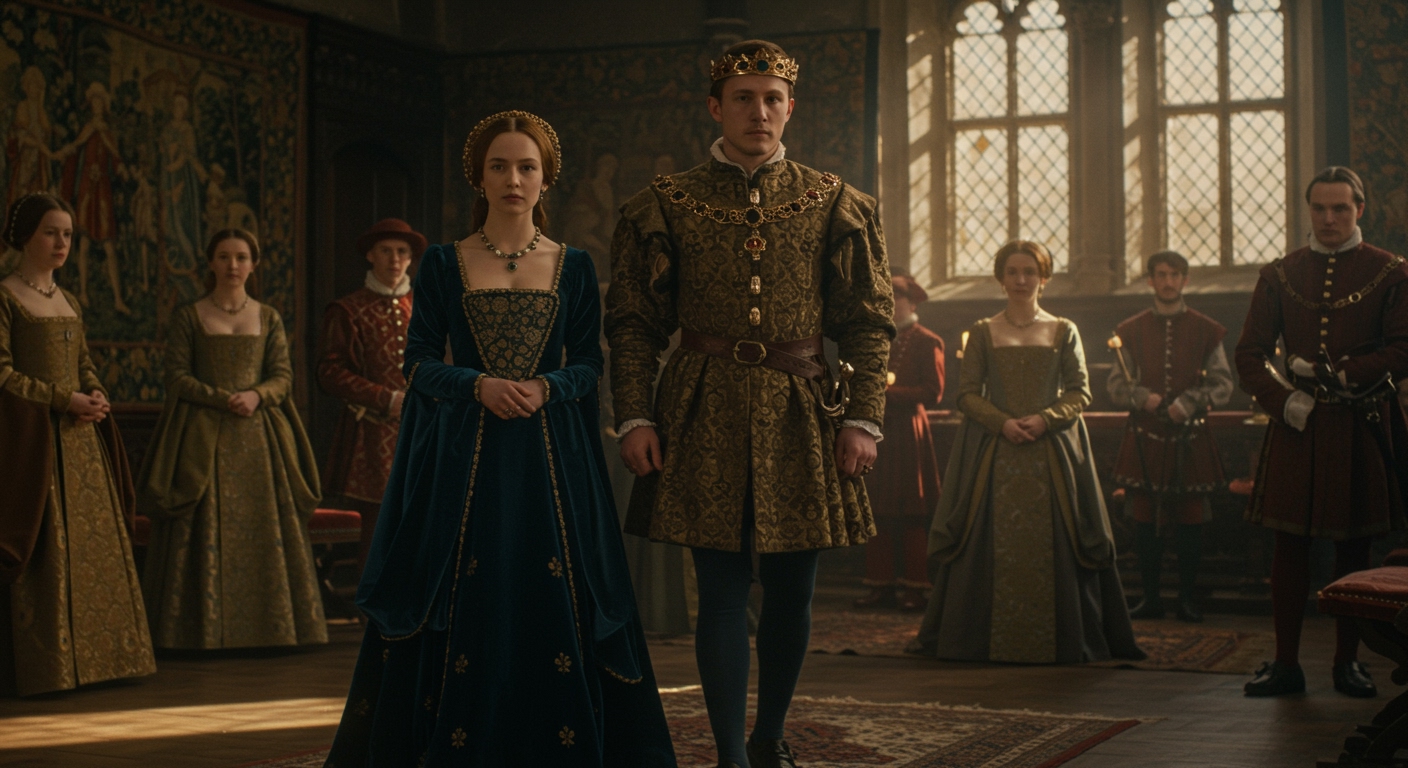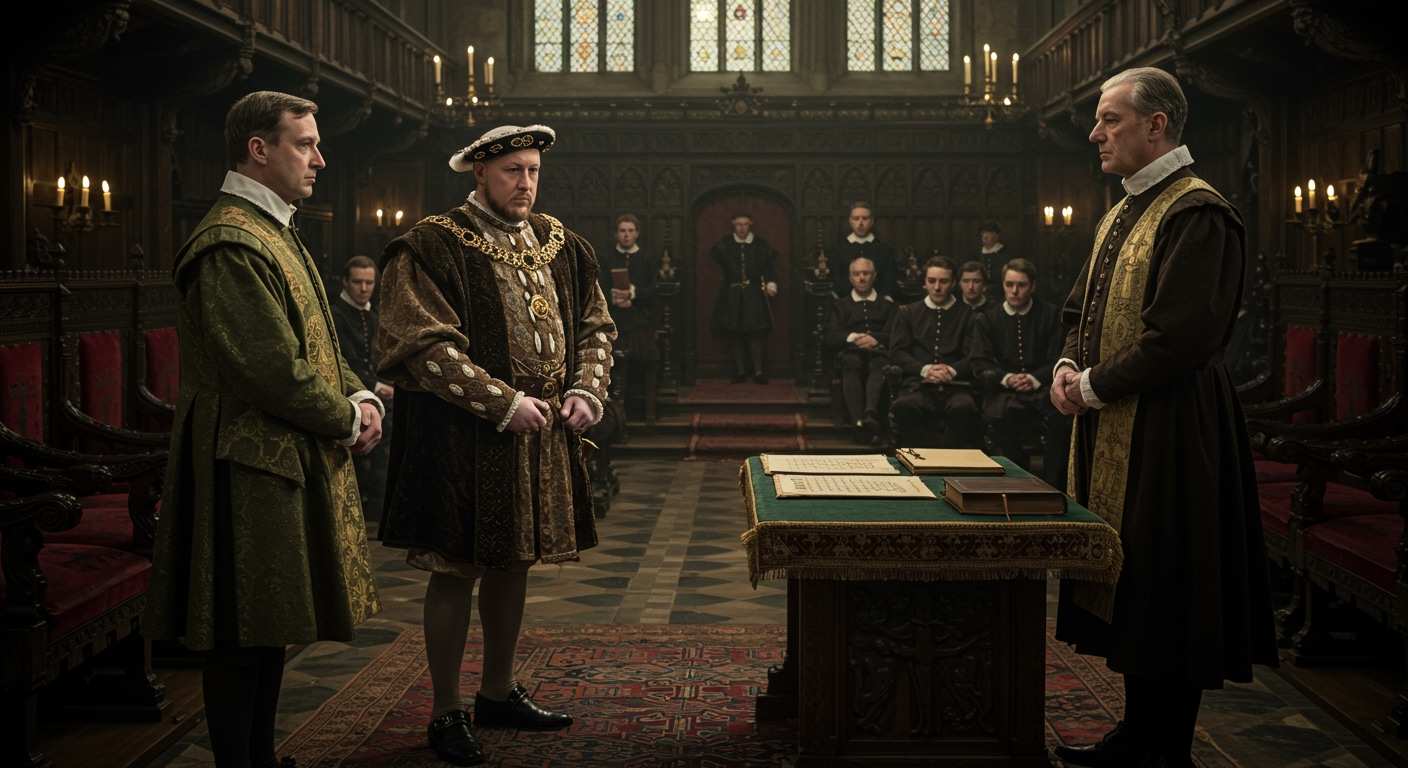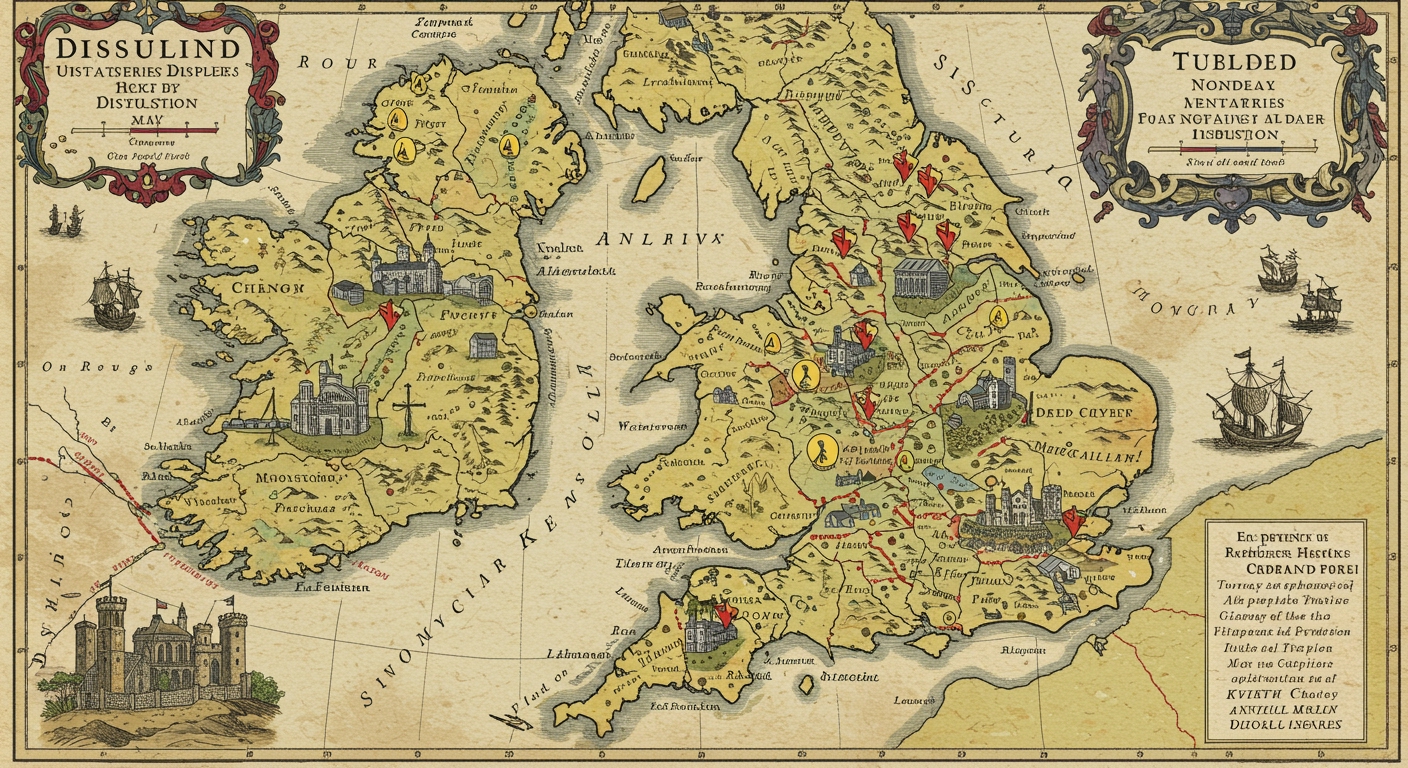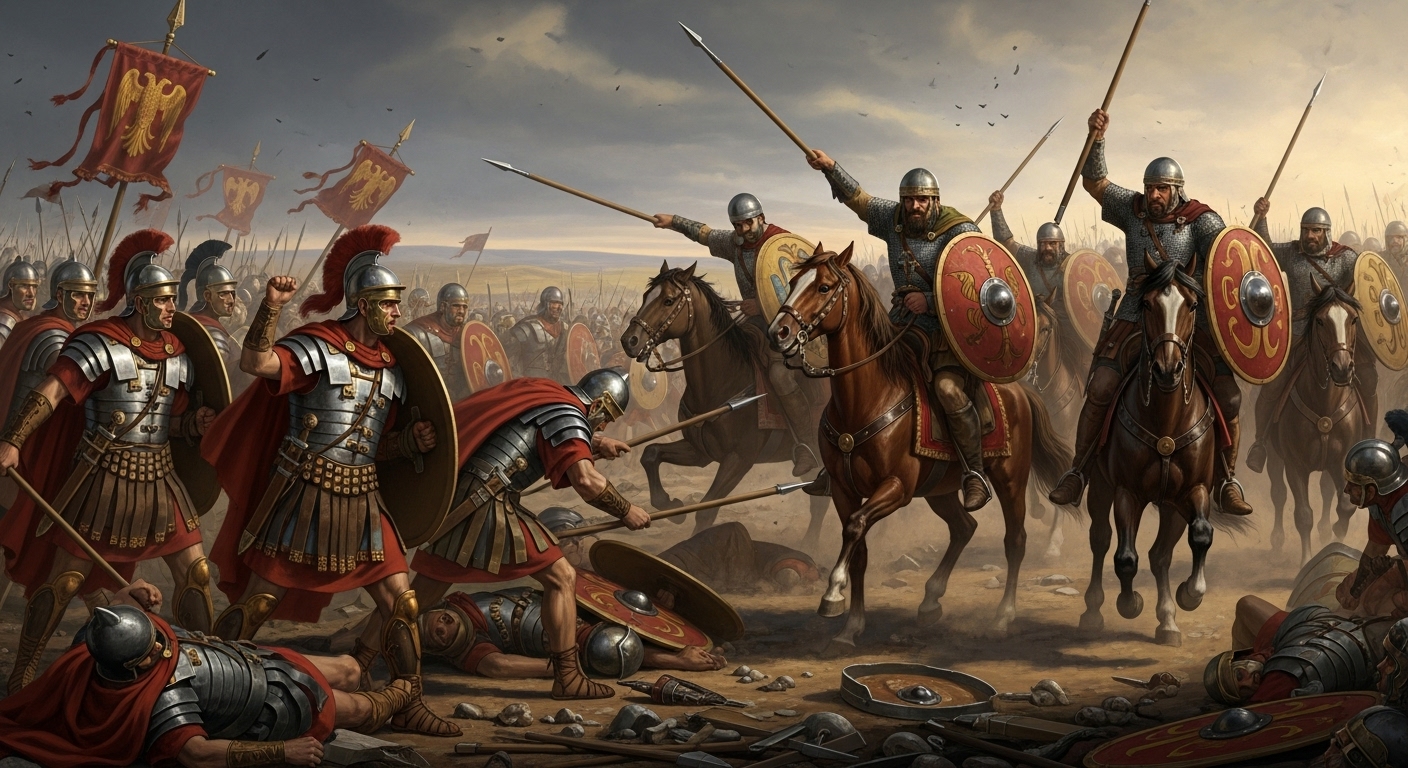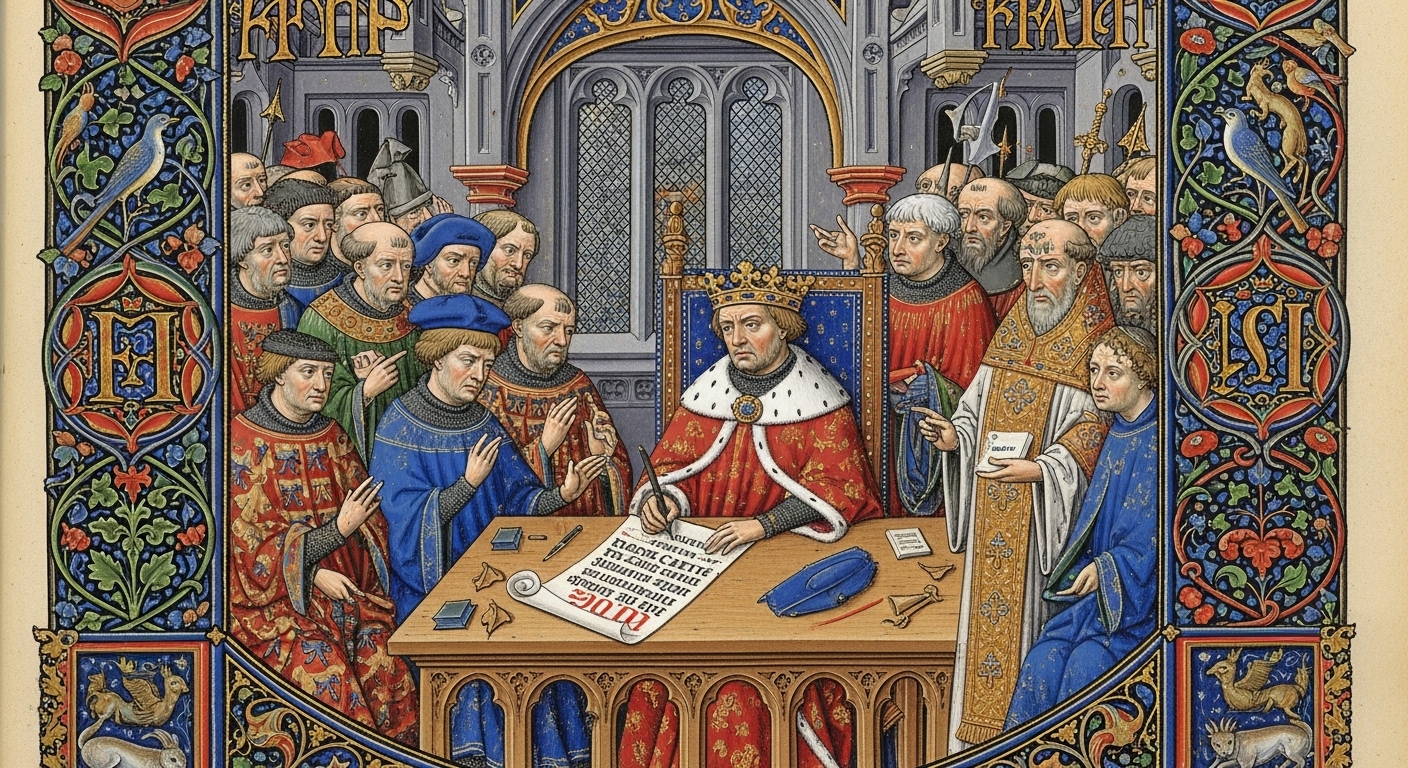When we talk about monarchs who truly reshaped a nation, Henry VIII undoubtedly stands tall. His reign, from 1509 to 1547, wasn’t just a period of English history; it was a seismic shift that fundamentally altered England’s religion, politics, and social fabric. Driven by an insatiable desire for a male heir and an unwavering commitment to his own authority, Henry VIII orchestrated a series of key events that continue to fascinate historians and the public alike.
Henry VIII ascended to the throne in 1509, a vigorous and charismatic young king initially hailed as a Renaissance prince. His early years promised a glorious continuation of the Tudor dynasty. However, the subsequent decades would reveal a ruler whose personal desires would have profound national consequences. This article delves into the most significant transformations of his reign, demonstrating how Henry VIII’s quest for an heir and his political ambition irrevocably altered the course of English history.
The Early Reign and the Quest for a Male Heir
Henry VIII’s initial marriage to Catherine of Aragon, the widow of his elder brother Arthur, was deemed a strategic alliance. For years, their union appeared stable, producing several children, though only one, Princess Mary, survived infancy. The lack of a male heir became an increasing obsession for Henry, especially as he grew older and Catherine passed childbearing age. This escalating concern, often termed the “Great Matter,” was the catalyst for the most dramatic changes of his reign.
Cardinal Thomas Wolsey, Henry’s chief minister, was tasked with securing an annulment from Pope Clement VII. Henry argued that his marriage to Catherine was unlawful, based on a passage in Leviticus forbidding marriage to a brother’s wife. However, the Pope, heavily influenced by Catherine’s nephew, Holy Roman Emperor Charles V, refused to grant it [1]. This refusal would set Henry on a collision course with the authority of Rome.
The English Reformation and the Break with Rome
The Pope’s steadfast refusal led Henry VIII to take matters into his own hands, initiating what became known as the English Reformation. This wasn’t a theological dispute driven by figures like Martin Luther, but rather a political and personal one. Thomas Cromwell and Thomas Cranmer emerged as key figures, guiding Henry through a series of parliamentary acts designed to dismantle papal authority in England.
The pivotal moment was the Act of Supremacy in 1534, which declared Henry VIII the “Supreme Head of the Church of England” [2]. This single act transferred immense power, wealth, and authority from the Pope to the English Crown. Following this, the Dissolution of the Monasteries commenced, seizing vast monastic lands and wealth, significantly enriching the royal coffers and creating a new class of landowners loyal to Henry. This religious upheaval had profound social and economic consequences, reshaping the landscape of England for centuries to come.
Henry’s Marital Saga: Six Wives, Six Fates
Henry VIII’s relentless pursuit of a male heir and his desire for an annulment from Catherine of Aragon led to his infamous series of marriages, each with its own dramatic story and impact on the succession. The fates of his six wives are often summarized by the rhyme: “divorced, beheaded, died, divorced, beheaded, survived.”
- Catherine of Aragon: Divorced after 24 years, she died in internal exile, maintaining her claim as the rightful queen.
- Anne Boleyn: Henry’s second wife, her failure to produce a male heir led to her execution for treason and incest in 1536. She was the mother of Elizabeth I.
- Jane Seymour: His third wife, and the “true love” of his life, she finally bore him a son, Edward VI, but died shortly after childbirth in 1537.
- Anne of Cleves: A political marriage arranged by Cromwell, it was annulled after only six months, with Henry famously finding her unattractive.
- Catherine Howard: A young, vivacious queen, she was executed for adultery in 1542, falling victim to the strict moral code enforced in Henry’s court.
- Catherine Parr: His sixth and final wife, she survived Henry, providing much-needed stability to the royal household in his final years.
This turbulent succession of marriages not only highlighted Henry’s personal desperation but also solidified the break with Rome and dramatically influenced the future of the English monarchy [3].
Consolidation of Power and Later Reign
Beyond the religious and marital dramas, Henry VIII’s reign was also characterized by a significant consolidation of royal power. He ruthlessly suppressed dissent, notably the Pilgrimage of Grace in 1536, a major uprising against the Dissolution of the Monasteries and other reforms. This demonstrated his iron will and commitment to asserting supreme authority across his realm [4]. His foreign policy was marked by intermittent wars with France and Scotland, often costly but aimed at asserting England’s standing on the European stage. Towards the end of his life, Henry grew increasingly unwell, paranoid, and obese, yet he had undeniably forged a stronger, more centralized monarchy.
Conclusion
The reign of Henry VIII was a truly transformative era, a period defined by the king’s unyielding will and ambition. From orchestrating the English Reformation and establishing the Church of England to his tumultuous marital life and the ruthless consolidation of royal authority, his actions left an indelible mark on England. He left behind a powerful monarchy, a nation grappling with its new religious identity, and a legacy that continues to be debated and analyzed. The key events during Henry VIII’s reign didn’t just change England; they set the stage for centuries of its future [5].
References
- [1] Historical Archives. “Henry VIII Papers.”
- [2] British Monarchy Research. “Henry VIII and the Reformation.”
- [3] Tudor Studies Journal. “Henry VIII’s Succession Crisis.”
- [4] History of England Blog. “Key Events of Henry VIII’s Reign.”
- [5] Royal Historians. “Articles: The Reign of Henry VIII.”

